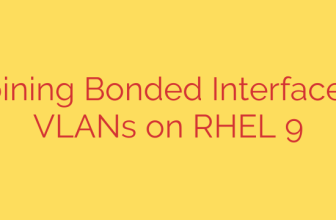
Understanding the Universal Chess Interface (UCI) is crucial for anyone delving into the world of computer chess. Essentially, UCI serves as a standardized communication protocol or language that allows chess engines to interact seamlessly with graphical user interfaces (GUIs). Before UCI, each engine often required its own specific GUI, creating compatibility issues and limiting flexibility.
The development of UCI revolutionized how users interact with different chess engines. Instead of being tied to a single engine, users can now employ various powerful UCI-compatible engines like Stockfish, Komodo, or Leela Chess Zero with a range of UCI-compatible GUIs such as Arena, Scid vs. PC, Fritz, or Shredder. This standardized interface ensures that commands from the GUI, such as setting up a position, requesting a move, or adjusting search parameters, are understood correctly by the engine, and that the engine’s responses, like the best move, analysis, or ponder information, are interpreted by the GUI.
This interoperability fostered by UCI is incredibly beneficial. For players, it means they can easily switch between engines to compare analysis or try different playing styles against the computer. For developers, it simplifies the process of creating either a new chess engine (they only need to make it UCI-compliant to work with many existing GUIs) or a new GUI (it can support numerous existing UCI engines). In short, the Universal Chess Interface is the backbone of modern computer chess interaction, providing the necessary link for diverse engines and GUIs to function together effectively, enhancing both user experience and development possibilities.
Source: https://www.linuxlinks.com/zurichess-uci-chess-engine/








